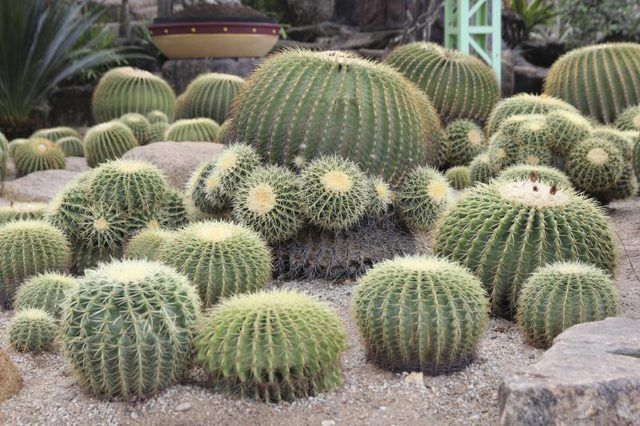Bulbs
Flower Basics
Flower Beds & Specialty Gardens
Flower Garden
Garden Furniture
Garden Gnomes
Garden Seeds
Garden Sheds
Garden Statues
Garden Tools & Supplies
Gardening Basics
Green & Organic
Groundcovers & Vines
Growing Annuals
Growing Basil
Growing Beans
Growing Berries
Growing Blueberries
Growing Cactus
Growing Corn
Growing Cotton
Growing Edibles
Growing Flowers
Growing Garlic
Growing Grapes
Growing Grass
Growing Herbs
Growing Jasmine
Growing Mint
Growing Mushrooms
Orchids
Growing Peanuts
Growing Perennials
Growing Plants
Growing Rosemary
Growing Roses
Growing Strawberries
Growing Sunflowers
Growing Thyme
Growing Tomatoes
Growing Tulips
Growing Vegetables
Herb Basics
Herb Garden
Indoor Growing
Landscaping Basics
Landscaping Patios
Landscaping Plants
Landscaping Shrubs
Landscaping Trees
Landscaping Walks & Pathways
Lawn Basics
Lawn Maintenance
Lawn Mowers
Lawn Ornaments
Lawn Planting
Lawn Tools
Outdoor Growing
Overall Landscape Planning
Pests, Weeds & Problems
Plant Basics
Rock Garden
Rose Garden
Shrubs
Soil
Specialty Gardens
Trees
Vegetable Garden
Yard Maintenance
Things to Consider When Choosing a Grassless Landscape
Things to Consider When Choosing a Grassless Landscape. If you're questioning whether to create a grass-free landscape, chances are that high water bills and the ongoing lawn maintenance requirements have become cumbersome. Perhaps you live in an area where grassless yards are common due to climate conditions. or maybe water conservation is a high...

If you're questioning whether to create a grass-free landscape, chances are that high water bills and the ongoing lawn maintenance requirements have become cumbersome. Perhaps you live in an area where grassless yards are common due to climate conditions. or maybe water conservation is a high priority in your values system. Whatever the reason, weigh the savings, alternative designs and the materials available in your region when you consider the benefits and drawbacks of non-traditional landscaping.
Evaluate how your family's lifestyle will be impacted by an entirely grass-free property. If you have children who play outdoors or pets, you may want to designate a small segment of your land for a lawn rather than going completely grass-free.
List the expenses of caring for a landscape with a lawn. Include the cost of initial soil preparation and installation, maintenance equipment, such as a lawnmower and edger, water bills and ongoing fertilization. Compare the expense list to your overall household maintenance budget.
Examine the options for hardscaping materials to take the place of grass. A wood deck, a series of concrete or flagstone patios, a rock garden and terraced perennial flower beds set in graceful patterns provide a visually attractive alternative to a grass lawn.
Analyze the type of plants that can be incorporated into a grassless landscape to create a comfortable environment and add touches of green foliage to the design. Drought-tolerant ground cover plants and low-growing, spreading shrubs may be planted as a low-maintenance replacement for grass in many areas of the landscape.
Educate yourself about the type of mulches available in your region to cover the ground for both ornamental and functional purposes. Wood chips, sand and recycled rubber mulches may extend a play area for children. Colorful volcanic rock, bark nuggets and a layer of pine needles are useful substitutes for grass that also add texture and dimension to the landscape.